Electric vehicles are no longer niche products reserved for early adopters. Over the last decade, they’ve become mainstream options in the global automotive market, with nearly every major manufacturer offering at least one electric model.
As EV ownership rises, so does the demand for reliability, efficiency, and smarter vehicle systems. At the heart of this shift is the battery the most expensive, sensitive, and critical component of an electric car.
Managing that battery properly, both in the short term and across years of usage, is crucial. That’s why a car’s battery monitoring system is more important than most people realize.
Battery monitoring in EVs isn’t just about showing how much charge is left. A truly effective battery management system (BMS) tracks a wide range of variables: state of charge, state of health, temperature across cells, charging history, and energy usage patterns.
When done correctly, it gives drivers a realistic estimate of remaining range, alerts them to any abnormalities, and protects the battery from thermal or electrical stress.
It works silently in the background but plays a vital role in safety, performance, and peace of mind. A smart BMS can even improve battery longevity by regulating charging speed and preventing deep discharge or overcharging.
But not all EVs are equal when it comes to battery oversight. Some manufacturers invest heavily in advanced software, real-time diagnostics, and predictive modeling to make their battery systems more reliable and informative.
Others, however, either use outdated approaches or fall short in terms of software quality and communication. The result is a growing divide in user experience: some drivers enjoy consistent performance, while others deal with frequent error messages, sudden drops in range, or vague system alerts that create more confusion than clarity.
This matters because the battery represents not only a huge portion of an EV’s cost but also a key factor in its long-term value. A vehicle that struggles to provide accurate battery data or misrepresents its range can quickly lose consumer trust.
Even worse, a car that throws constant system errors or fails to warn drivers before something goes wrong can lead to expensive repairs or safety risks. That’s why a robust and reliable battery monitoring system should be considered a non-negotiable in any modern electric car.
This article breaks down ten electric vehicles: five that are considered to have smart, reliable, and effective battery monitoring systems, and five that have frustrated owners due to repeated issues, vague warnings, or unreliable software.
These aren’t just abstract technical differences; they shape how drivers interact with their cars daily. From accurate charging displays to silent system failures, the difference between a good and bad battery system can define the ownership experience.
Whether you’re looking to buy your first EV or already own one and want to understand what’s happening under the hood, knowing which vehicles lead or lag in this area is essential. The following sections highlight which cars get it right and which ones still have work to do when it comes to battery system performance.
Also Read: 5 Cars With Quick-Release Seats vs 5 With Stuck Latches
5 EVs With Smart Battery Monitoring
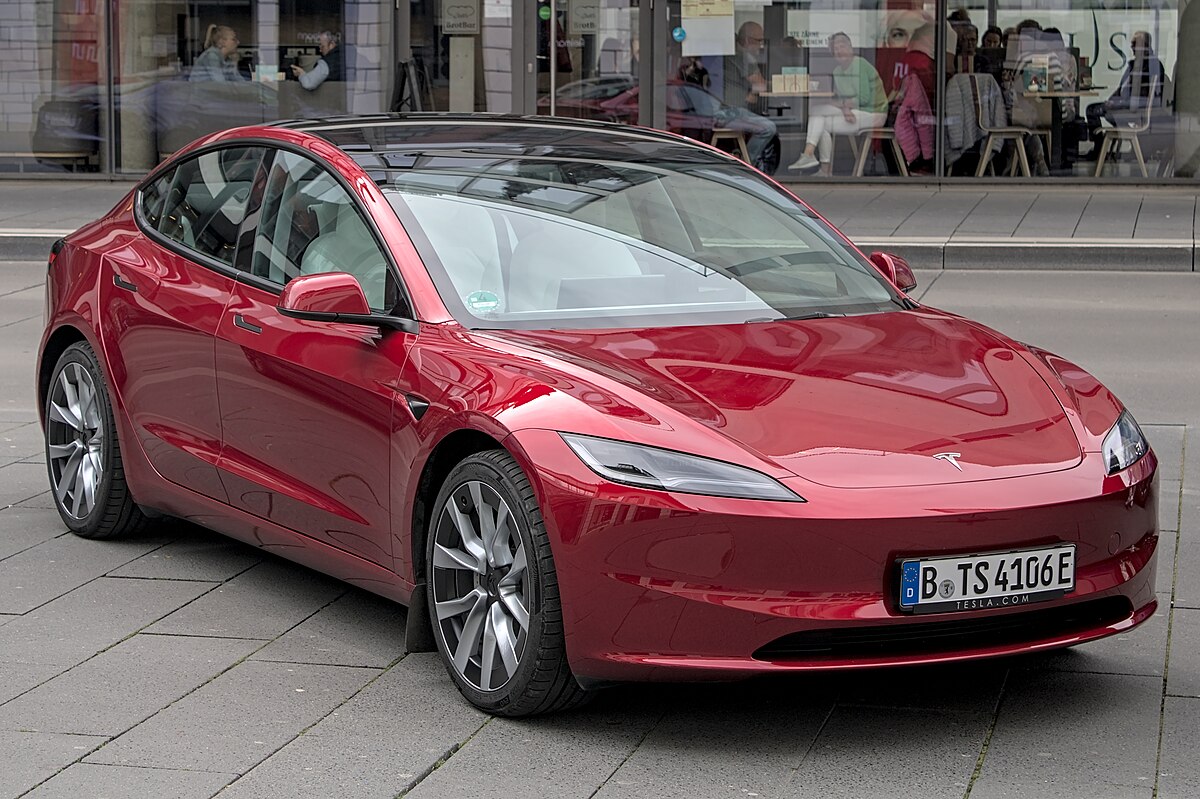
1. Tesla Model 3
The Tesla Model 3 has built a strong reputation for its cutting-edge technology, and the battery management system is one of the standout components. Tesla’s software is highly integrated across the entire vehicle architecture, allowing the battery system to communicate directly with the central computer.
This results in highly accurate real-time updates about range, charging status, and thermal conditions. Drivers are given precise estimates, and the car learns from usage patterns to improve range predictions over time.
What sets the Model 3 apart is its ability to adapt to changing battery conditions and usage patterns. The system adjusts calculations dynamically based on driving habits, external temperatures, and road conditions. This level of adaptability means fewer surprises for the driver and a more transparent experience when planning trips. The smart monitoring also includes safety mechanisms that proactively manage battery temperatures, especially during Supercharging sessions.
The app interface enhances the battery monitoring further. It allows owners to track battery performance remotely, schedule charging based on utility rates, and receive alerts if something abnormal is detected.
This remote integration is a feature many other automakers have only partially implemented or lack entirely. For long-term ownership, this kind of oversight proves crucial in managing battery degradation and ensuring optimal performance.
Another feature that benefits from Tesla’s approach is battery preconditioning. Before a fast-charging session, the battery is brought to the optimal temperature to reduce stress and improve efficiency.
This doesn’t happen in the background without user awareness; the driver is informed through on-screen messages and app notifications. The Model 3 gives owners a sense of control and understanding over their vehicle’s most vital component.
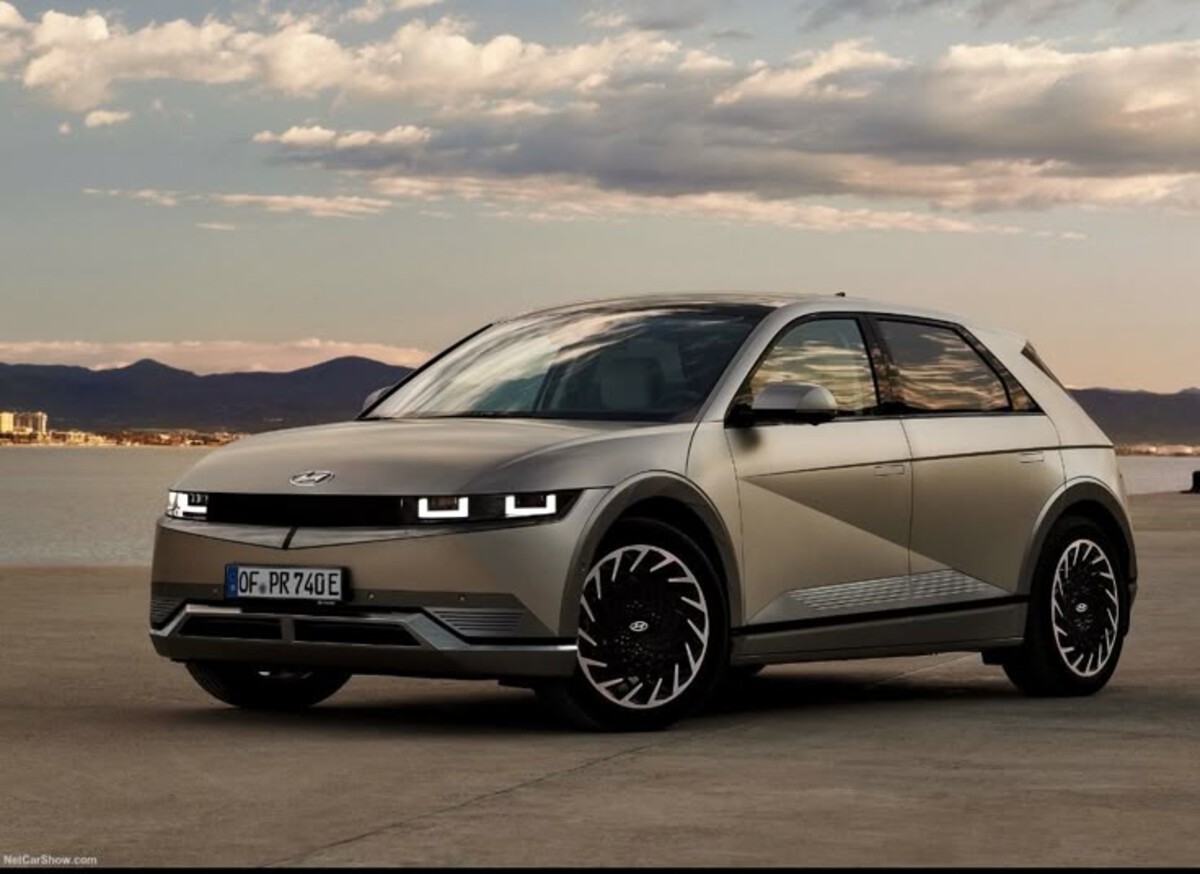
2. Hyundai Ioniq 5
Hyundai’s Ioniq 5 offers a comprehensive battery monitoring experience that balances user accessibility with technical depth. It includes a well-designed interface that shows real-time charge and discharge rates, battery temperature zones, and projected range.
One of the more appreciated features is how the system breaks down the estimated range usage based on air conditioning, driving style, and battery condition, helping users make informed decisions.
The battery temperature management system in the Ioniq 5 is also important. In cold climates, preconditioning is automatically triggered before a DC fast-charging session, which prevents prolonged charging times.
Users can also schedule preconditioning based on time or departure settings, ensuring the battery is in peak condition without manual intervention. This is particularly useful for those living in areas with extreme seasonal weather.
Hyundai’s software platform is frequently updated via over-the-air updates, which keeps the system responsive and current without requiring dealership visits.
Each update may include refinements to the battery monitoring system, sometimes improving energy efficiency or adding new charging recommendations based on real-world data analysis. This level of commitment to post-purchase software support is critical in an EV industry where battery behavior changes with time and use.
Another useful detail in the Ioniq 5 is the charging history log, which allows users to track how charging sessions have affected the battery over weeks or months.
This helps spot early signs of degradation and gives fleet operators better insight into how the vehicle is aging. While not the flashiest feature, this kind of data transparency builds user trust over time.
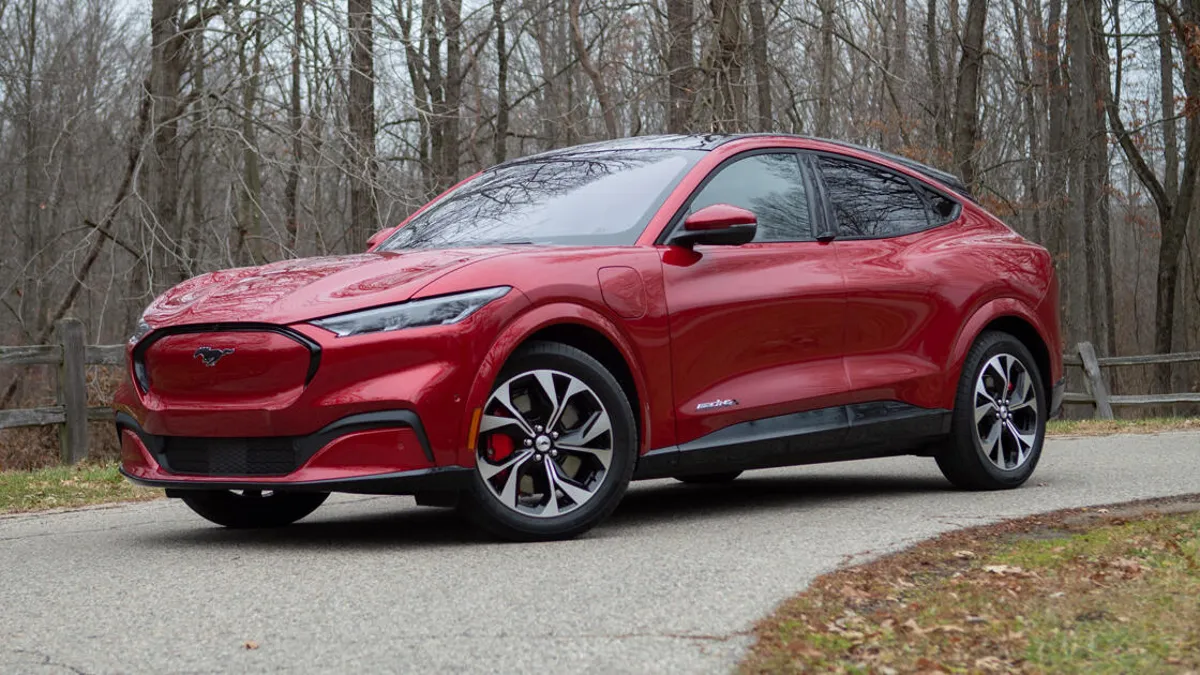
3. Ford Mustang Mach-E
Ford has made significant strides with the Mustang Mach-E, especially in terms of software integration and battery reliability. Its battery monitoring system gives clear and well-structured information to drivers through both the main infotainment display and the mobile app.
It includes advanced warning systems, battery thermal profiles, and charging optimization tools designed to ensure both performance and battery longevity.
The Mach-E’s predictive range feature is particularly useful. Instead of offering a static number, the range display shifts based on your past driving habits, current climate settings, and real-time conditions.
If a user frequently drives at high speeds or uses heating heavily, the system recalibrates future range predictions accordingly. This dynamic monitoring prevents unpleasant surprises on longer trips.
Thermal management is a key strength of the Mach-E’s system. It includes liquid cooling and heating systems that maintain battery temperatures within a safe operating range, even under harsh weather or fast-charging. The software communicates these conditions clearly to the driver, preventing misunderstandings that might lead to complaints about range loss or charging times.
Ford also supports over-the-air updates for the Mach-E, which means improvements in battery management, range estimates, or even new features can be added remotely.
These updates also refine the algorithms used for error detection and correction, making the system more robust over time. It’s a strong combination of hardware engineering backed by evolving software tools.
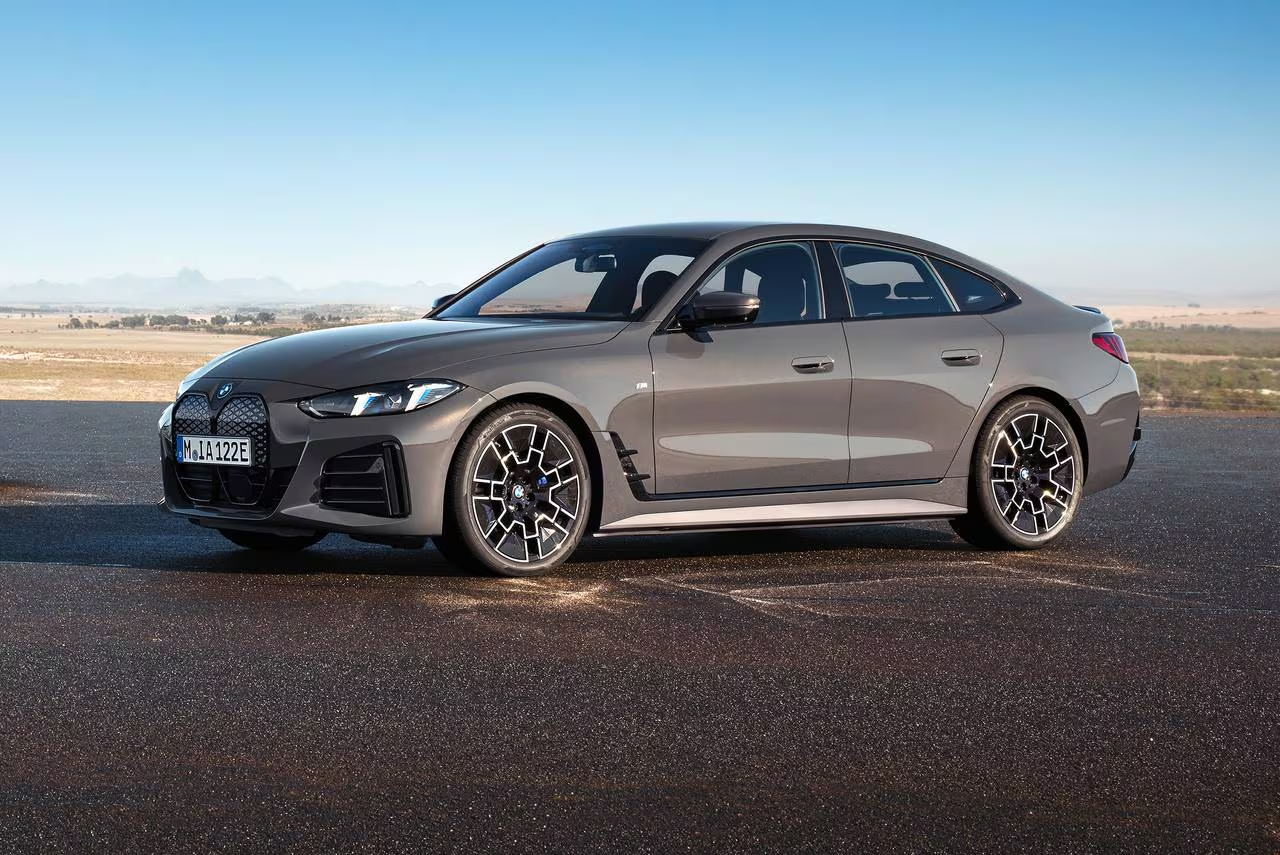
4. BMW i4
The BMW i4 combines performance with a deep focus on battery control and accuracy. BMW uses its own monitoring platform that keeps a continuous record of battery condition, charge cycles, and even regional grid compatibility for different types of charging stations. The system is accessible through the onboard infotainment as well as the MyBMW app, both of which offer visualizations and alerts.
One of the more advanced aspects of the i4’s battery management is its cell-level monitoring. Each module is tracked individually for voltage, temperature, and internal resistance.
This granular level of analysis helps the system make better decisions when balancing cells, extending battery lifespan, and preventing uneven wear. It’s not visible to the user directly but contributes to smoother performance.
Another feature of note is how the i4 optimizes charging. The system uses predictive data to suggest optimal charging times based on local energy rates, especially in areas with variable pricing. It also includes safeguards against overcharging or thermal stress during fast charging. All of this is communicated clearly through the interface, giving users peace of mind during long drives.
BMW’s approach to integrating driver habits into the battery profile is also well-executed. If a user tends to take frequent short trips, the vehicle adjusts its estimation algorithms accordingly.
This helps maintain accuracy across a wide range of use cases, something many older EVs struggled with. The i4 shows how luxury performance and reliable battery oversight can coexist effectively.
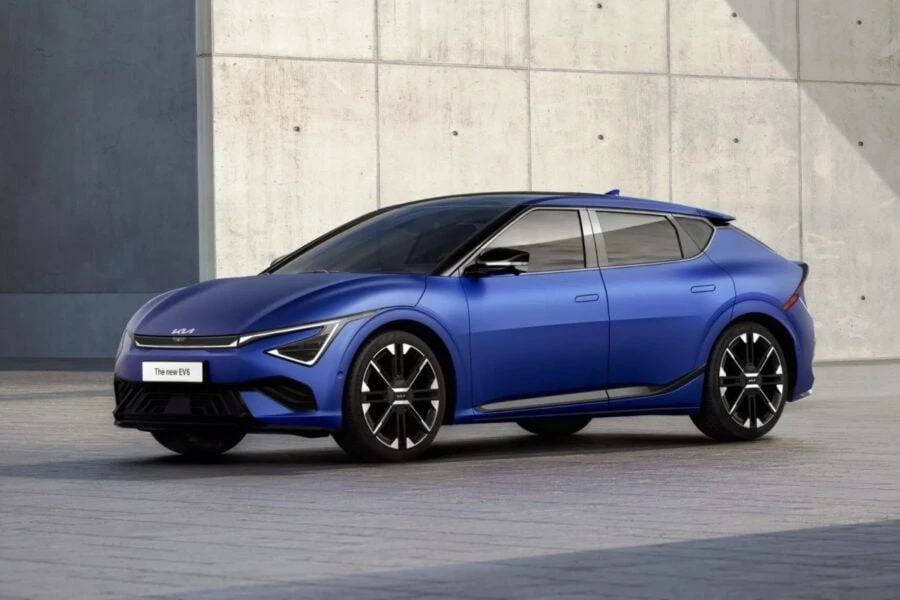
5. Kia EV6
The Kia EV6 builds on Hyundai’s platform but adds several refinements in both hardware and software. The battery monitoring system is designed with user clarity in mind, offering straightforward graphics and meaningful insights without overwhelming the driver with technical jargon.
One of its key strengths is how it shows energy flow in real time, helping drivers understand where losses may be occurring. Charging optimization is a strong point.
The system recommends charging windows based on typical usage patterns and even adjusts climate settings to reduce load on the battery when low on charge. It also offers a “winter mode” that prioritizes battery temperature management, reducing the chance of cold-related issues during charging.
One advantage of the EV6 is its compatibility with ultra-fast 800V charging infrastructure. The battery monitoring system helps prepare for these sessions by managing heat in advance, reducing stress on the battery.
The software informs the user about the process, so charging doesn’t feel like a mysterious or risky action. This level of control reduces anxiety for new EV drivers.
Kia also provides long-term battery health indicators through its app. Owners can monitor trends in battery efficiency, number of fast charge sessions, and even check for degradation signals.
While it doesn’t replace a full diagnostic report, this visibility helps owners take preventive actions, such as moderating charging speeds or avoiding extreme temperatures.
5 EVs That Constantly Throw Errors

1. Nissan Leaf (older models)
The Nissan Leaf, particularly the earlier models before the latest generation, is often cited for having an outdated or unreliable battery management system. While the Leaf helped pioneer mass-market EVs, its early design didn’t include active thermal management, and its monitoring software lacked granularity.
This often led to inaccurate range estimates, abrupt range loss, and general inconsistency in how the battery system reported its status. Many users have reported the “guess-o-meter” problem, where the range estimator fluctuates wildly during normal driving.
A trip might begin with 80 miles of estimated range but drop to 50 within minutes without any significant change in conditions. This kind of behavior undermines driver confidence and forces owners to make conservative choices even when the battery might be capable of more.
Another issue with older Leafs is the tendency for the battery to degrade quickly in hot climates. Since there’s no active cooling, the battery suffers from heat stress, but the monitoring system often doesn’t give early warnings.
Drivers only realize a problem once the capacity bars start disappearing on the display. This reactive approach to battery health, rather than preventive, has frustrated many owners.
The error messages themselves can also be vague or delayed. For example, a faulty cell might not trigger a warning until the problem becomes severe enough to reduce capacity. By that time, repairs may be more expensive or irreversible. This lack of proactive feedback contributes to the perception that the Leaf’s BMS is too simplistic for today’s standards.

2. Chevrolet Bolt EV (pre-2022 recall updates)
The Chevrolet Bolt EV had a major setback when battery fires led to one of the largest recalls in EV history. While much of the issue stemmed from the LG Chem battery cells, the battery management software also came under criticism for its inability to detect faults early. In many cases, the BMS failed to flag unusual charging patterns or temperature spikes before failure occurred.
Owners often reported sudden drops in range or shutdowns without adequate warnings. Some vehicles would indicate a full charge but then enter a reduced power mode shortly after driving began.
Others experienced overly cautious error messages that limited vehicle performance even when the battery was functioning normally. This inconsistency in reporting left drivers unsure whether to trust the system at all.
Chevrolet attempted to correct some of these problems with software updates, but not all vehicles responded as expected. Some owners continued to report persistent alerts for “battery cell imbalance” or “service battery soon” without detailed explanations. These alerts often required dealer intervention, increasing maintenance costs and inconvenience.
The app-based monitoring tools also lagged behind expectations. Compared to other manufacturers, the Bolt’s app was limited in what it could show about battery health or charging history.
Without meaningful data, many users felt disconnected from their vehicle’s actual condition, relying only on dashboard warnings that were often too late or overly cautious.

3. Jaguar I-PACE
The Jaguar I-PACE promised a luxury EV experience, but many owners found the battery monitoring system to be a weak link in an otherwise impressive vehicle.
Software errors have plagued the vehicle from the start, including incorrect range estimates, false warnings, and occasional loss of battery status altogether. These glitches have made it difficult for users to rely on the system during longer trips.
One common complaint is the inconsistency of the state-of-charge display. Users report that the percentage can jump unexpectedly or fail to update during charging.
Some have experienced situations where the car claims to be charging but shows no progress for long periods, leading to confusion and frustration. The problem is often software-based, but the lack of transparency makes diagnosis difficult.
Jaguar has issued several software updates to address these issues, but the problems persist in some units. The complexity of the I-PACE’s multiple onboard systems may be a factor.
The battery monitoring is deeply linked with other systems like navigation and climate control, and a small bug in one can disrupt the accuracy of the entire display. This makes consistent monitoring unreliable for some drivers.
Customer support for these issues hasn’t always been consistent either. While some dealerships can apply software updates promptly, others may not have the technical expertise to diagnose deeper faults.
As a result, users dealing with recurring battery errors often go through extended troubleshooting cycles without a clear resolution, harming the brand’s reputation among early adopters.
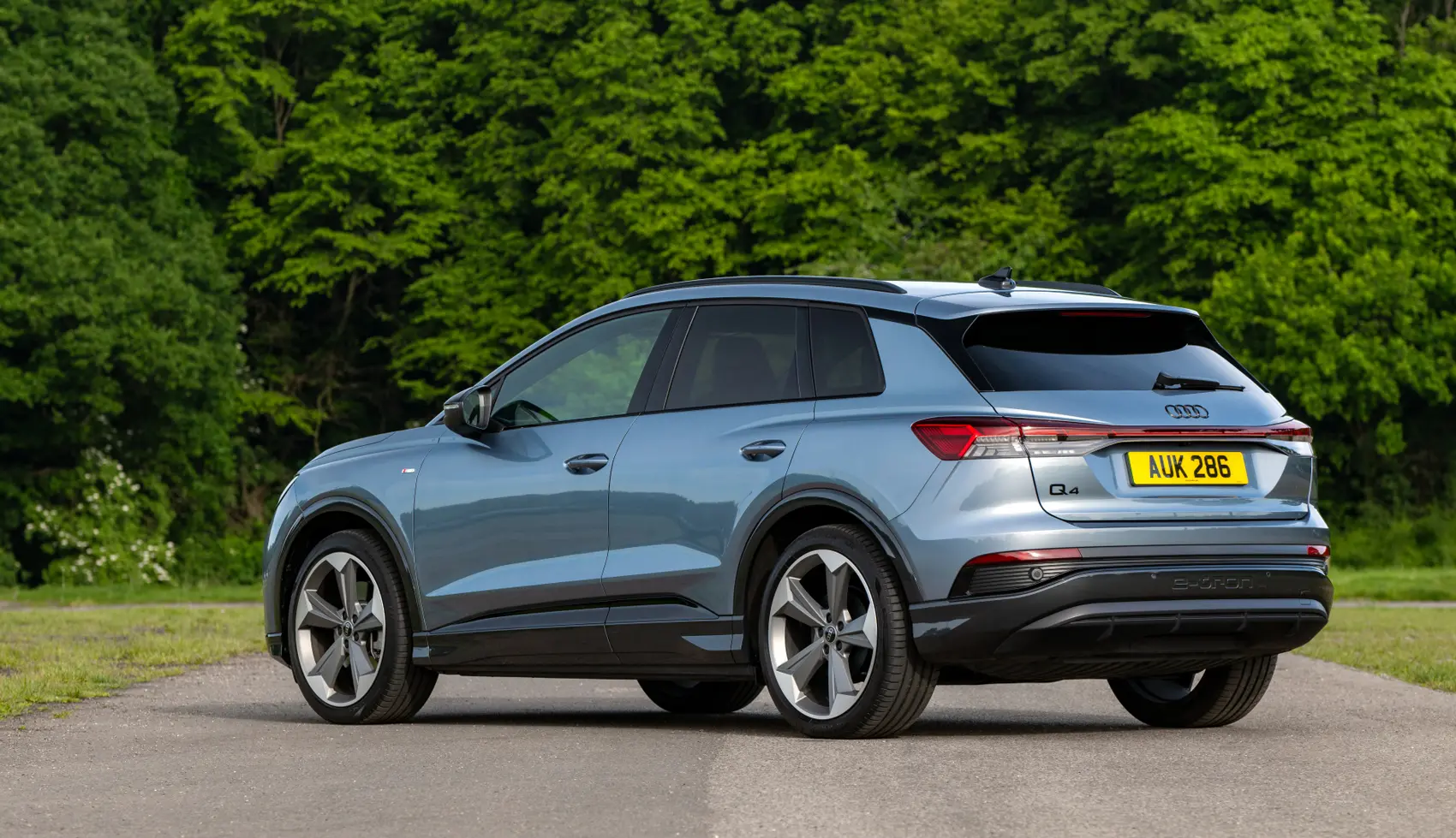
4. Audi e-tron (early versions)
The Audi e-tron entered the EV market with high expectations, but its early versions struggled with overly complex and sometimes buggy software.
A frequent criticism was the way the BMS interacted with external chargers. Many users experienced charging interruptions, charge rate throttling, or error messages like “Charging system fault” even when using compatible and certified equipment.
These disruptions weren’t always due to hardware problems. Instead, the battery management software often misidentified normal fluctuations as faults, triggering unnecessary warnings.
Drivers sometimes had to restart charging sessions multiple times or switch stations altogether. This erratic behavior was particularly frustrating on long-distance trips, where charging reliability is crucial.
In some cases, the vehicle would refuse to start charging without any clear indication of what went wrong. The vague nature of the alerts (“Charging problem – contact service”) left owners confused and without immediate solutions. Some of these issues were resolved with later firmware updates, but they highlighted weaknesses in how the battery system interprets external conditions.
Additionally, the e-tron’s range estimates could fluctuate without much warning. While some of this variation is expected due to climate and driving style, users often reported dramatic swings even under consistent conditions. When paired with the already modest range for its class, this inconsistency made trip planning more difficult than it should have been for a premium EV.
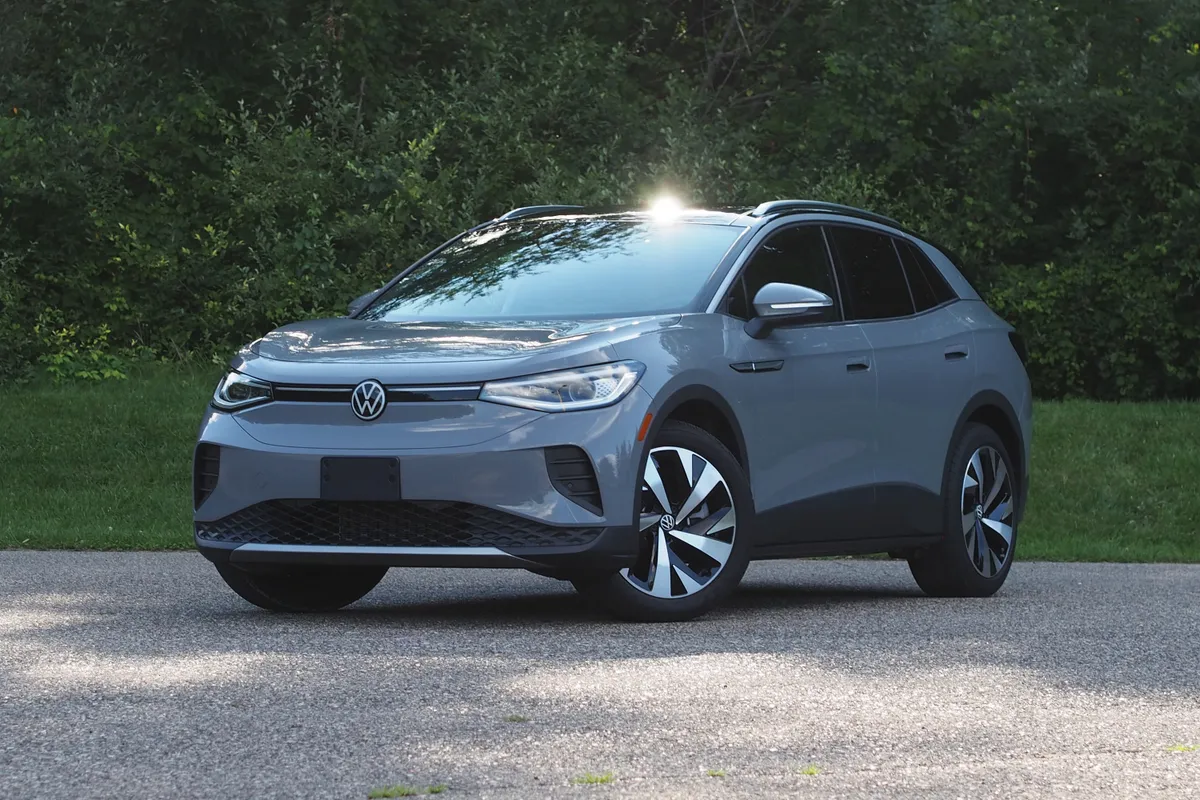
5. Volkswagen ID.4 (early software builds)
The Volkswagen ID.4 marked a major step into the EV market for VW, but the initial software build left much to be desired, especially in the battery monitoring department.
Owners reported a range of issues including freezing range displays, false error messages about charging, and inconsistencies in the battery health indicator. Many of these problems were tied to the software version delivered at launch.
One recurring issue was the charging status display. Some ID.4 units would show a “charging complete” message even when the vehicle was only partially charged.
This led to situations where users thought they were ready for a drive, only to find out the battery wasn’t as full as indicated. Volkswagen acknowledged the bug and issued updates, but not all vehicles received fixes promptly.
Another problem was the vehicle entering reduced performance mode without clear warnings. For example, if the battery temperature was lower than ideal, the system might limit acceleration or charging speed, but drivers wouldn’t be told exactly why. This lack of context made it harder for users to understand what was happening and how to prevent it in the future.
While later software revisions improved some of these flaws, the experience left many early adopters frustrated. The ID.4 has solid hardware, but the battery system’s communication failures affected confidence. Volkswagen has since invested in refining its EV software, but lingering issues in some older units continue to generate complaints on forums and owner groups.
Also Read: 5 Cars With Legendary Owner Satisfaction and 5 With Lawsuit-Level Problems
Electric vehicles are often celebrated for their environmental benefits, low running costs, and quiet performance. But owning an EV involves more than plugging in and driving silently down the road. One of the biggest responsibilities and challenges of EV ownership lies in how the vehicle manages its energy.
The battery is the central pillar of any EV’s functionality, and its proper management is what keeps the car operating smoothly day after day, year after year. As we’ve seen, the quality and design of the battery monitoring system can dramatically impact the daily usability and long-term reliability of any electric vehicle.
Smart battery monitoring brings clarity to the driving experience. It equips drivers with timely information, such as how fast the battery is depleting, whether charging is progressing normally, and whether any part of the system is under unusual stress.
It also adjusts range estimates based on habits, climate, and terrain, helping to remove the guesswork and anxiety that once plagued early electric models. The best systems go even further, learning from usage patterns and updating themselves via software improvements to ensure the experience stays reliable long after the initial purchase.
Models like the Tesla Model 3, Hyundai Ioniq 5, and Kia EV6 show how intelligent software and hardware integration can make EV ownership simpler and more intuitive. These vehicles combine real-time data tracking with predictive tools that help drivers protect and understand their battery’s condition.
They allow for proactive management, which reduces the likelihood of breakdowns, enhances resale value, and fosters long-term trust in the brand. Such features are no longer luxuries they’re essential, especially as EVs become more common in all types of environments and driving styles.
On the other hand, several vehicles continue to struggle with battery monitoring systems that are either too basic or simply too unreliable. The Nissan Leaf, for example, helped bring EVs to the mainstream but fell short in alerting users about thermal stress or degradation risks.
The Jaguar I-PACE and Chevrolet Bolt EV faced software inconsistencies that left users second-guessing the accuracy of the range or battery condition. In many of these cases, the hardware was solid, but the software failed to support the driver with consistent, meaningful feedback. That mismatch can create frustration and, in some cases, erode a buyer’s faith in electric technology.
The difference between confidence and concern in EV ownership often comes down to how well a car can communicate its energy status. Battery system errors, vague warnings, or inconsistent charge behavior might not always indicate serious faults, but they can erode the sense of reliability that every driver expects from a vehicle especially one backed by modern engineering. The most trusted EVs don’t just deliver good performance; they explain how they’re doing it, clearly and consistently.
As more EVs enter the market and as buyers become more informed, battery monitoring will no longer be a behind-the-scenes feature. It will be a deciding factor for many consumers, just as important as range, price, or brand reputation.
Manufacturers that prioritize smart, stable, and transparent battery systems will lead the way, while those that continue to overlook these features risk falling behind. In the evolving world of electric transportation, how well a car handles its battery is no longer optional it’s foundational.
